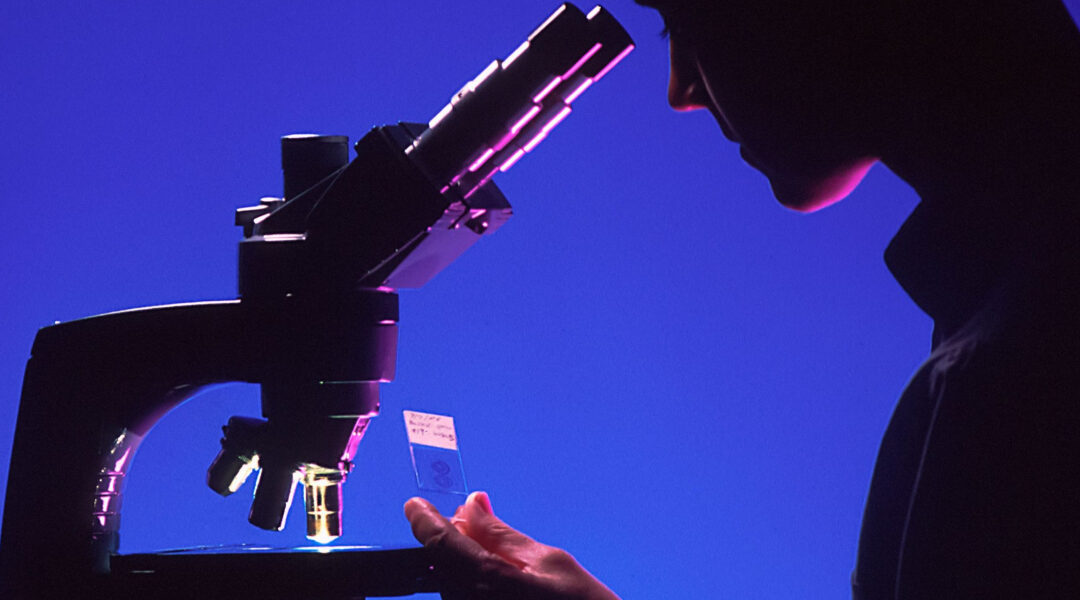Bioelectric technology is at the forefront of scientific innovation, with recent breakthroughs opening up exciting possibilities for the future. One such breakthrough involves a virus that has the astonishing ability to generate electricity. This remarkable discovery not only highlights the growing importance of bioelectric technology but also points to a bright future where nature’s own mechanisms can be harnessed to power our world.
Bioelectric technology, which involves the manipulation of electrical signals and impulses within living organisms, has immense potential to transform various industries, from healthcare to energy production. The recent revelation of a virus that generates electricity exemplifies the intriguing possibilities that lie ahead.
This groundbreaking research centers on a virus called M13 bacteriophage, which naturally infects bacteria. Scientists have discovered that when M13 bacteriophages are arranged in specific patterns on a surface, they can produce an electric current. This phenomenon occurs because the virus possesses a unique property: it can transfer electrons along its protein coat.
The implications of this discovery are profound. It raises the prospect of using M13 bacteriophages, or similar bioelectric organisms, to create biologically based power sources. Imagine a future where bioelectric batteries, powered by viruses, could replace traditional batteries, offering more sustainable and environmentally friendly energy storage solutions.
Furthermore, the study of bioelectricity is not limited to electricity generation alone. Bioelectric technology has been instrumental in the development of medical devices like pacemakers and neurostimulators, which use electrical impulses to regulate heartbeats and treat neurological disorders. These life-saving technologies have revolutionized healthcare and significantly improved patients’ quality of life.
The future of bioelectric technology holds even more promise. Scientists are exploring how to enhance the efficiency of bioelectric systems and develop new applications. One area of interest is using bioelectricity to stimulate tissue regeneration, potentially offering groundbreaking treatments for conditions like spinal cord injuries and limb loss. This research represents a significant step towards a future where bioelectric technology plays a central role in restoring and improving human health.
Another exciting avenue of exploration is the use of bioelectric technology in environmental conservation. By harnessing the electrical signaling networks found in organisms, scientists are developing innovative approaches to monitor and mitigate pollution in our ecosystems. These bioelectric sensors could revolutionize environmental monitoring and contribute to more effective conservation efforts.
The importance of bioelectric technology in our increasingly interconnected world cannot be overstated. It not only has the potential to revolutionize multiple industries but also offers sustainable solutions to some of the most pressing challenges we face, from energy sustainability to healthcare and environmental conservation.
As we continue to unlock the secrets of bioelectricity, it is crucial to prioritize responsible research and ethical considerations. The power of bioelectric technology is awe-inspiring, but its potential consequences must be carefully considered to ensure that it benefits society while respecting ethical and environmental boundaries.
The recent discovery of a virus that generates electricity is a testament to the incredible possibilities that bioelectric technology holds for the future. From renewable energy sources to innovative medical treatments and environmental conservation efforts, the potential applications of bioelectricity are vast and promising. As scientists delve deeper into this fascinating field, we can look forward to a world where the power of nature’s own electrical systems enhances our lives in ways we could have never imagined.

